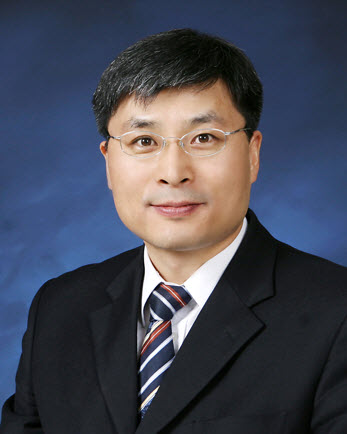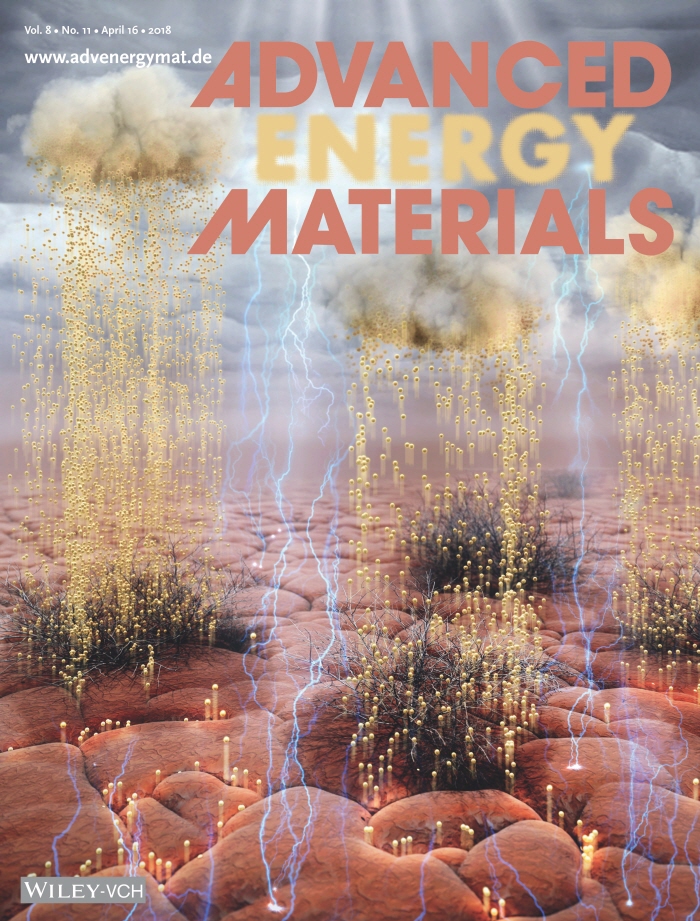
Professor LEE Changhee (Dept. of Electrical and Computer Engineering)
On April 23, a research team at SNU led by Professor Lee Changhee of the Department of Electrical and Computer Engineering and Ph.D. student Lee Hyun Ho published the results of their research regarding the lifespan of Perovskite solar cells.
The results of the study indicate that the transition efficiency rate of Perovskite solar cells is comparable to that of high-efficiency crystalline silicon solar cells, which are considered the current leading photovoltaic solar technology. The advantage of the Perovskite solar cell over the latter is its low energy consumption. For this reason, the Perovskite solar cells are thought to be the next generation of solar technology.

The research was published in journal Advanced Energy Materials as the cover article on April 17, 2018.
The disadvantage of these solar cells, however, is their short lifespan as a result of rapid deterioration. The research team found that the diffusion of iodine ions in the outer layer of the Perovskite solar cell and their accumulation in the electron transport layers and electrode interface were the main origins of the problem.
According to Professor Lee, “Through this research we were able to discover the fundamental causes of deterioration. This is a significant development that will help in finding a solution to increase the lifespan of the Perovskite solar cell.”
The results of the team’s research were published in the 17th edition of the scientific journal, Advanced Energy Materials.
Written by Yu Young Jin, SNU English Editor coin1234@snu.ac.kr Reviewed by Professor Travis Lamar Smith, Department of Asian Languages and Civilizations, tlsmith@snu.ac.kr

